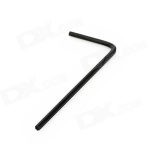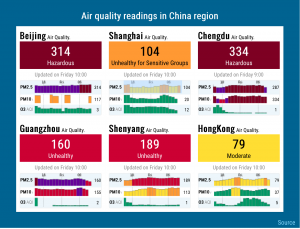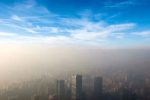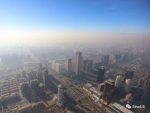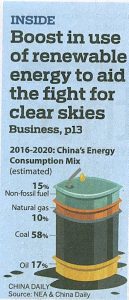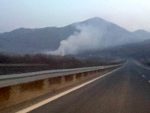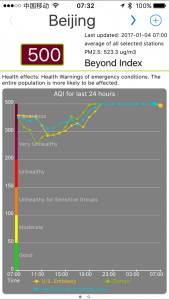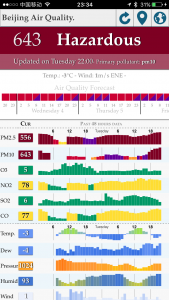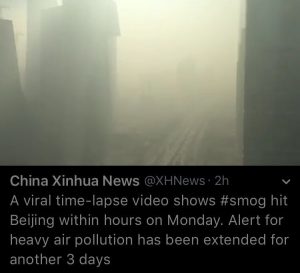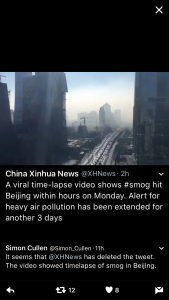Tests done and concluded
Should I go for Garmin or Fitbit? As mentioned earlier, I wanted to give the Garmin Vivosport GPS a second chance.
During several days I used both Garmin (left hand) and Fitbit (right hand), comparing each morning the data.
Garmin has indeed improved its software and the sleep tracking is totally updated.
My final choice is … the Fitbit Alta HR. The Garmin is back in the box; if the Fitbit dies, I might still use it.
The choice is very personal, for some the Garmin could still be the first choice.
See here the details.
Three series of tests
See the different screenshots of the Garmin and Fitbit for 3 dates: 29 July, 30 July, 31 July.
29 July
30 July
31 July
You can check the date and band type in the name of the picture, with the pointer on top of the thumbnail to see the filename.
Sleep tracking
The Fitbit is very sensitive and often counts as “awake” when I am actually sleeping. But I can check the details and I usually add like at least half of the “awake” to the sleep total. The advantage of the Fitbit: great detail and pretty accurate for sleep start and sleep end. The Garmin does record “awake” and is overall much less sensitive. Start and stop are however not always right: if I wake up and stay in bed to check my mobile, for Garmin that is still “bedtime”, not for Fitbit.
I also like more the overview of the days for the sleep tracking.
As sleep tracking is for me the focus, Fitbit wins.
See as example for reading on 29 July:
Fitbit: start 00:24 – stop 08:03; asleep 6H40 and awake 59 min, so that is some 7H20 sleep for me
Garmin: asleep 7H57 (no start stop in the pics)
And for reading on 31 July:
Fitbit: start 23:03 – stop 06:54; asleep 7Hr9 awake 42 min so total sleep for me like 7H30
Garmin: start 23:14 – stop 07:22 (wrong!) asleep 8H6 – awake 2 min
Stairs climbed
I am interested in this reading but as said earlier, Garmin totally under-reports, so useless. I do a lot of stairs…
Steps
See readings 30 July:
Fitbit 7,016 steps
Garmin 4,232 steps.
Why the big difference, no idea. I do trust more the Fitbit readings.
Fitbit gives a clear overview on many days for the steps; Garmin does not, you need to check day by day.
Fitbit wins here for me.
Resting heart rate and heart rate
Fitbit gives a much more clear overview for the past days of the resting heart rate and it allows you easily to check heart rate for every day, in detail.
Garmin does not give a good overview, one needs to check day by day. The only advantage (not important for me): it show record for cycling. Fitbit is not really reliable for cycling (my rides are also pretty short).
Conclusion
For some users the many sophisticated features of Garmin, such as to track cycling (using the GPS) and other activities might appeal. As I usually do short bike rides, switching on and off the GPS is too much trouble.
For me the focus remains with sleep and resting heart rate.
Thus Fitbit it is…


















































